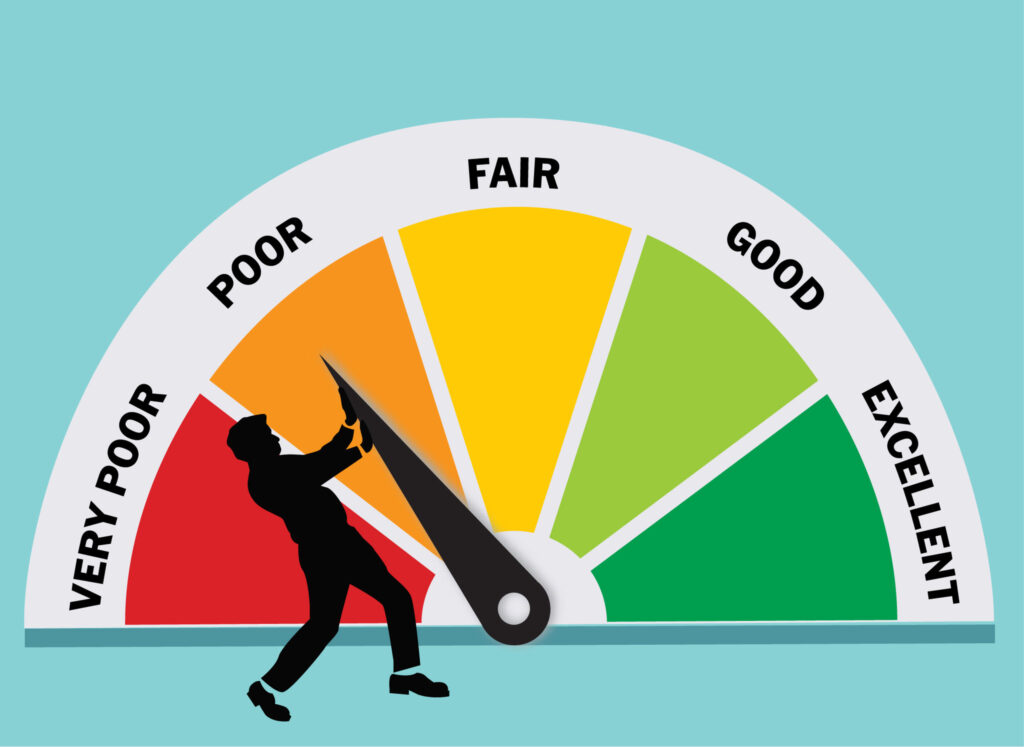A loan fee structure is simply how a lender charges fees for borrowing money. These fees can come in many different forms, including origination fees, annual percentage rates (APRs), and late payments.
To illustrate, suppose you borrow $10,000 from a lender. The lender may charge an origination fee of 2% of the amount, or $200. In addition, the lender may charge an APR of 10%, meaning you’ll owe $1,000 in interest over a year.
Finally, the lender may charge you $50 extra for late payment if you’re more than 15 days late. If you’re looking to take out a loan, here’s why it’s crucial that you understand how it all works.

The Whole Pie
One of the most important things to understand about fee structures is that they can affect the total cost of the loan. In the above illustration, the origination fee and APR both contributed to the overall cost of the loan. If you’re not careful, you could end up paying more for a loan than you expected.
Let’s say you want to take out a student loan to pay for college. You may be lured by a loan that has a low APR, but you need to be aware of other fees that could increase the total cost. Every small ingredient makes the pie that much bigger.
So it’s important to ask for all of the charges before you decide. While it’s true that some lenders have no qualms about charging all the fees they can think of, other lenders are fair. In fact, some lenders charge no fees at all like SoFi private student loans.
How Long Till You’re Free?
Another thing to consider when looking at all these extra structured costs is how they can affect the term of the loan. The origination fee determines how much money you’ll need to pay back over the life of the loan.
Then, the APR tells you how much interest you’ll owe on top of that. So, a higher APR can increase the overall costs and lengthen the term.
So it’s important to be aware of these effects when considering going into debt. If you know that you’re not going to be able to afford a high APR, you may want to consider a loan with a lower APR but a higher origination fee. That way, you’ll be able to reduce the amount of interest you pay, reducing how long it all takes.
Ultimately, being careful will shorten the amount of time it’ll take you to pay everything back and earn your freedom.

Monthly Headaches
It’s important to be aware that these structures can also affect your monthly payments. There are a lot of bills you have to pay each month. Why not lessen the load?
Keep in mind the late payment charges for instance. If you know you’re going to have trouble making your monthly payments, you may want to avoid lenders with high late payment penalties.
To illustrate this point, let’s look at another example. Suppose you borrow $10,000 from a lender and agree to a deposit at the end of every month.
If the lender charges a $100 fine each time you miss the due date, you may very well end up paying an extra $1,200 over the life of the loan depending on how many months you’re late.
So, you have to factor in any late payment charges if you’re going to get any relief from those monthly headaches.
Leverage
Every good negotiator knows what they’re getting into before negotiations even start. These fees can be negotiable, and understanding how they’re structured can give you leverage when negotiating with your lender. If you can demonstrate that you understand the terms, you may be able to get a better deal on the interest rate or the overall cost of borrowing.
For example, if you know that the origination fee on what they’re offering is 2% of the total amount borrowed, you can ask the lender to lower the interest rate by 2% to make up for that cost.

The Almighty Credit Score
You know how important that 3 digit number is, especially the fact that the higher it is the better.
A final thing to consider when looking at these structural charges is how they can affect your credit score. For instance, a high APR can damage your credit score if you’re not able to keep up with your payments and end up defaulting. Similarly, a high origination fee can hurt your credit score.
See why you need to understand now?
Understanding the Fee Structures
Now that you know how important it is, here are some loan fee structures explained:

Origination Fees
Origination fees are simply a one-time fee charged by the lender as processing costs. This is generally expressed as a percentage of the total amount and is paid at closing.
For instance, in student loans, the origination fee is generally 4% of the amount borrowed. So for $10,000, you would pay a $400 origination fee at closing. Some lenders, especially those who offer online loans, don’t charge an origination fee.
APR
APR, or annual percentage rate, is a more comprehensive measure of the cost of your loan. It includes not only the interest rate but also any points and other charges you may have to pay.
It’s expressed as an annual percentage rate, which gives you a good idea of how much your monthly payments will be.

Prepayment Penalties
Prepayment penalties are charges assessed by the lender if you finish paying what you owe early. They’re designed to discourage borrowers from refinancing or selling their homes before everything is paid off.
Lenders typically charge a flat fee or a percentage of the remaining balance. Prepayment penalties are less common these days, but some lenders still include them in their terms.
Late Fees
If you miss a payment, your lender may charge you a late fee. This is another way for the lender to make money off of you. Late fees vary from lender to lender, but they’re typically a small percentage of the missed payment amount.
Some lenders will also charge a late fee if you make a payment after the due date.
So, if you’re planning on taking out a loan, don’t underestimate loan fee structures. They have a big impact on almost every aspect of the lending process.

By considering the effects of origination fees, APRs, and late payment fees, you’ll know what you’re getting into and make an informed decision about which loan is right for you.









